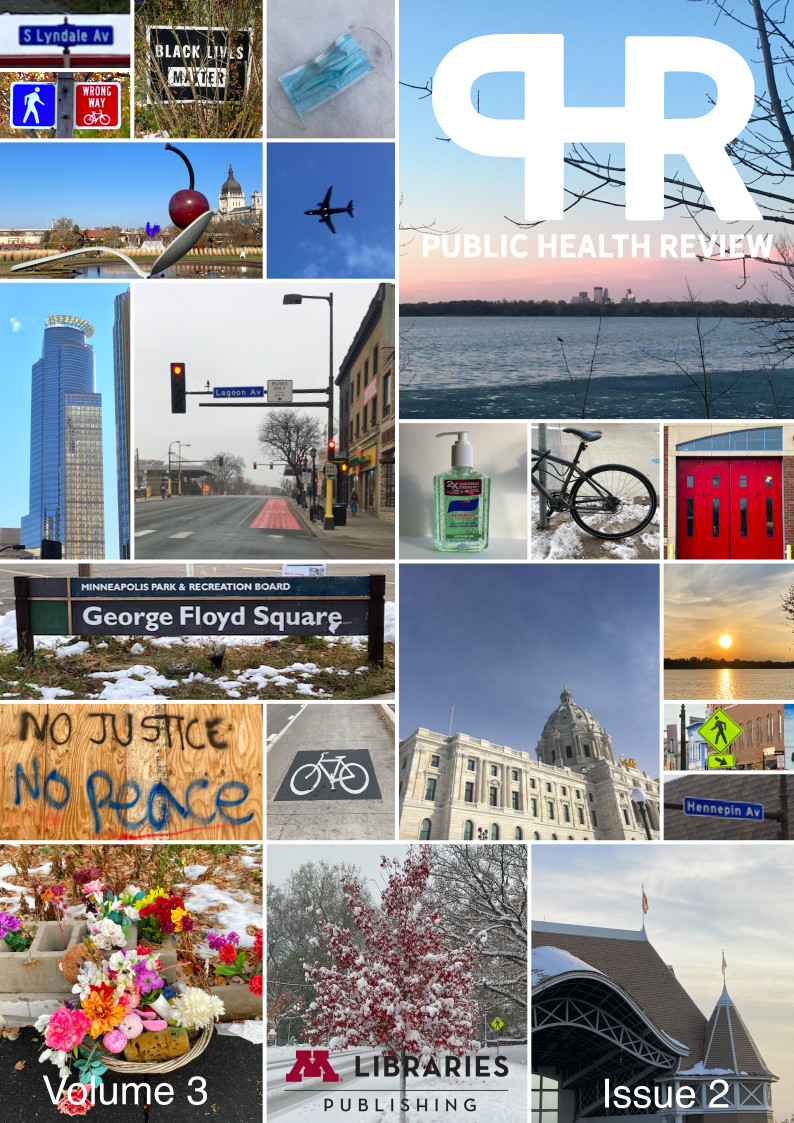A Threshold Effect? The Association Between Educational Attainment and Resting Pulse Rate
Adrian Bacong
Department of Community Health Sciences, University of California, Los Angeles Fielding School of Public Health, Los Angeles, CA
Abstract
Increased socioeconomic attainment is associated with better cardiovascular disease outcomes. The modifying effect of citizenship on this relationship is less studied. This analysis used cross—sectional data from the 2013—2014 National Health and Nutrition Examination Survey to consider the association between educational attainment and resting pulse rate using ordinary least squares regression. Resting pulse rate is a noninvasive measure of cardiovascular disease. Models control for age, gender, race/ethnicity, federal poverty level, health insurance, medication use, citizenship, and modification by citizenship. People with a 9th to 11th grade education (β = 2.05, p < .05), those who graduated high school/obtained a GED (β = 2.25, p < .05), or those with some college/associate’s degree (β = 2.69, p <.01) had higher resting pulse rate compared to people with less than a 9th grade education. People with a college degree and above were not significantly different from people with less than a 9th grade education. These effects disappeared with the inclusion of control variables. Additionally, the effect of educational attainment on resting pulse rate differed by citizenship status. Specifically, noncitizens with some college/associate’s degree had significantly lower resting pulse rates than all citizenship groups with a 9th to 11th grade education and U.S.—born citizens with a high school/GED education. The protective effect of educational attainment on resting pulse rate may differ by the type of education attained and citizenship status, specifically for noncitizens with some college education. Although these results might support a healthy immigrant hypothesis, the observed associations could be reflective of immigrant selection effects.



